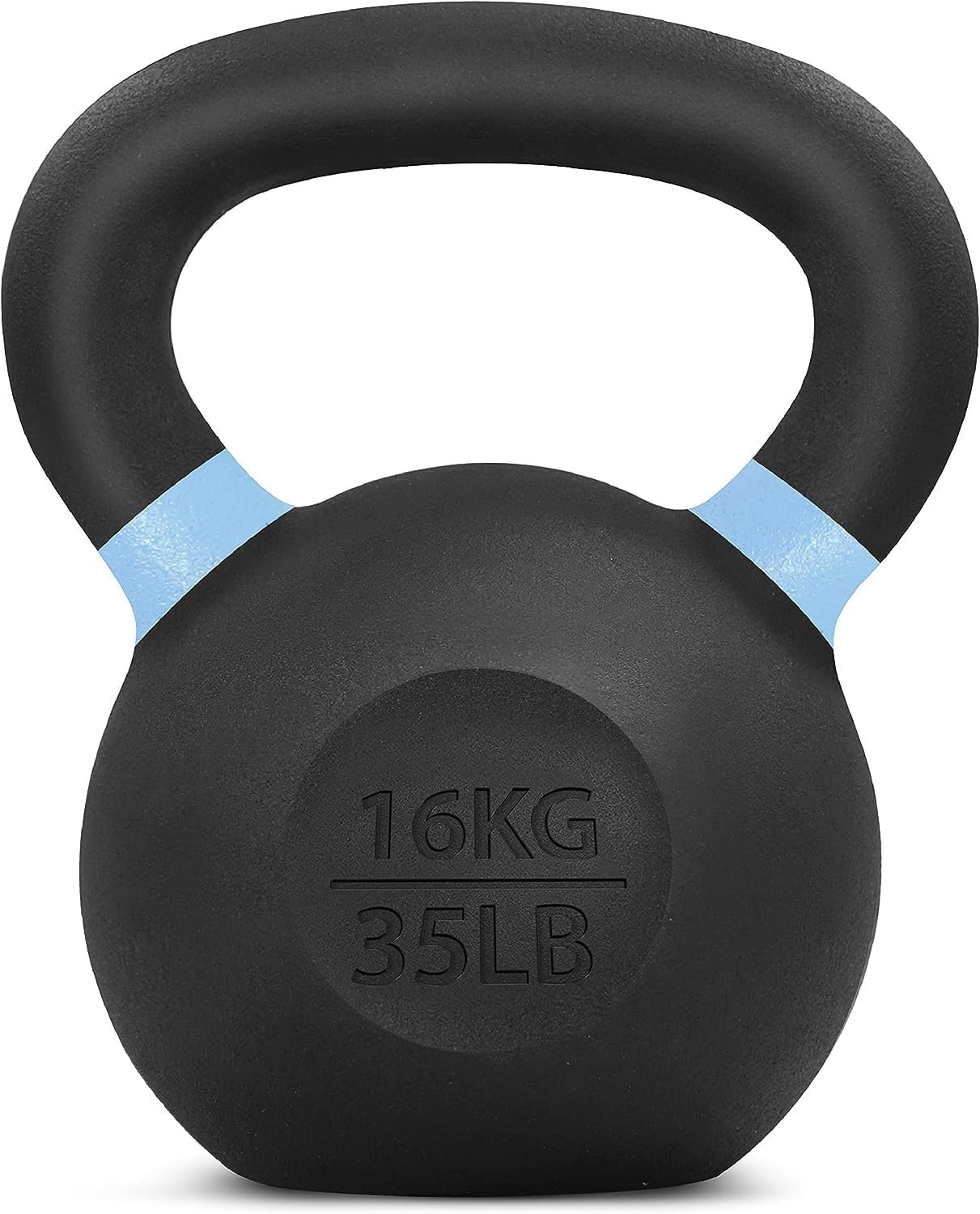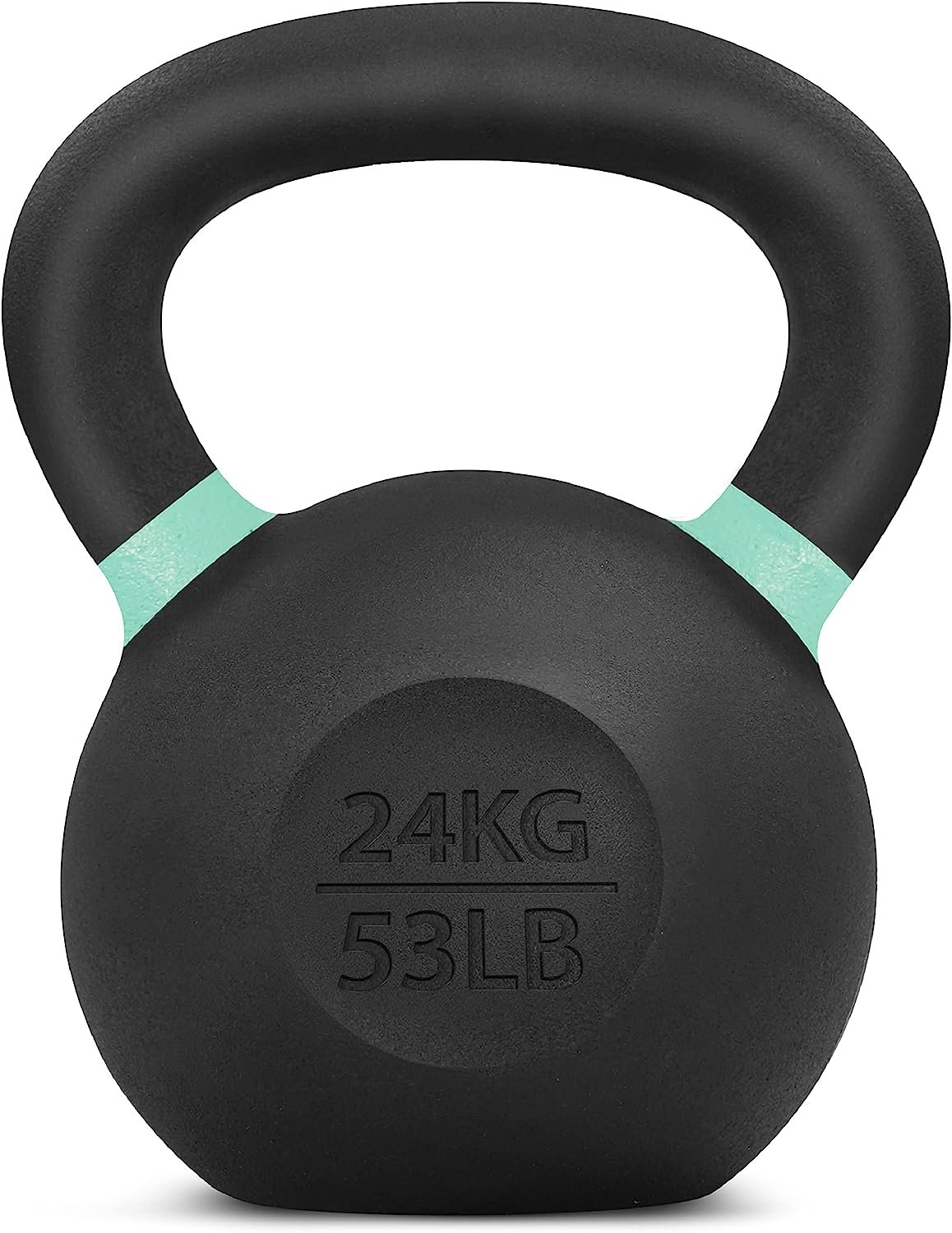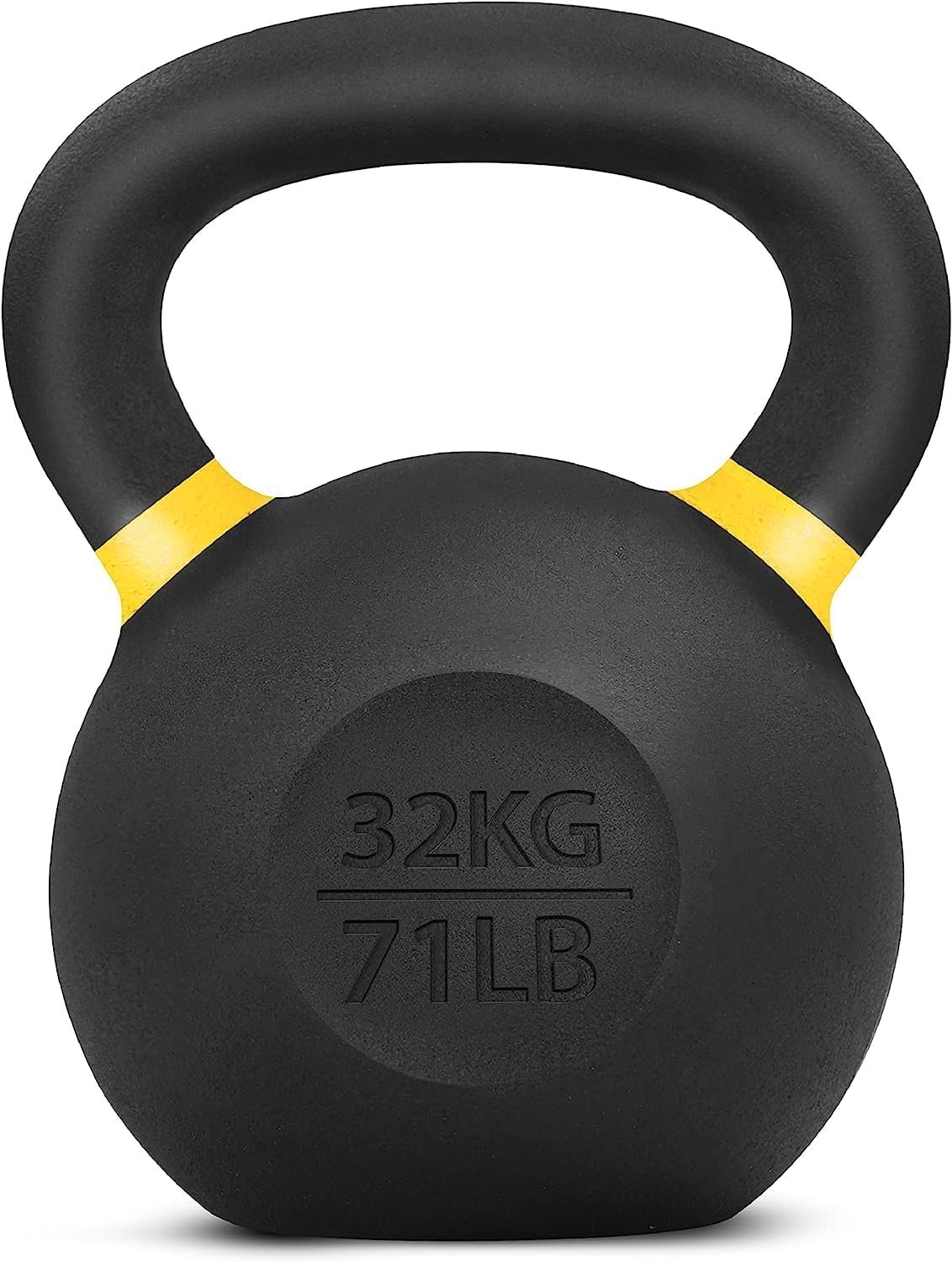Why Kettlebell Training Is Crucial For Cyclists And How To Get Started
Okay, it’s time again to dive into a topic that's crucial yet often overlooked by cyclists of all levels. I’m talking about strength and mobility training.
My friend Valeriy, a fellow cyclist but also an expert-level personal trainer, will bring his unique perspective to this topic in a series of blog posts during the year. In this particular post, Valeriy focuses on kettlebell training as a powerful tool to address the repetitive strain of cycling. He will delve into how kettlebell exercises can significantly improve your core strength, balance, and flexibility, effectively preventing various cycling-related discomforts.
Read on to learn about his practical tips and insightful advice on integrating kettlebell exercises into your cycling routine, so you can enjoy riding your bike as smoothly and comfortably as possible!
photos by Timo Mudge
Kettlebells as The Optimal Blend of Strength and Versatility
Let's start by exploring why kettlebells are my go-to choice. You can develop strength with any form of resistance, as your muscles respond to the challenge anyway. Whether it's a barbell, kettlebell, or even your own body weight.
That said, each training modality has its strengths and weaknesses. Let me explain.
barbell training
Barbell training is ideal for pure strength development. Heavy squats, deadlifts, and bench presses with a barbell are unbeatable for muscle growth and strength gains. A barbell's weight can be finely tuned, allowing adjustments in small increments. However, barbells are bulky, require substantial space, demand good mobility, and offer limited conditioning or power development unless you're skilled in Olympic lifting.
bodyweight exercises
Callisthenics or bodyweight exercises are undoubtedly enjoyable and can build significant strength, as evidenced by professional gymnasts known for their whole-body tension. However, bodyweight training comes with limitations, such as non-adjustable resistance (since you can't change your body weight), the potential strain on joints, and the need for substantial skill and preparatory work.
Kettlebell training
Kettlebells training strike, in my experience, the perfect balance between the two. And I will tell you why.
photos by Timo Mudge
why Kettlebells
Kettlebells, with their unique shape and weight distribution, offer a distinct advantage. They're compact and versatile, making them an excellent choice for a home gym. Unlike barbells, kettlebells don't demand a large setup or extensive space. This makes them accessible and practical for many cyclists who may not have the luxury of a spacious training area.
Their design allows for a wide range of movements not easily achievable with barbells or dumbbells. This versatility means kettlebells can be used for both strength training and cardiovascular excercises, offering a more holistic approach to fitness.
For cyclists, the dynamic nature of kettlebell exercises is especially beneficial. They help build core strength and enhance stability, both critical for efficient and powerful cycling. The off-centre weight of a kettlebell challenges your balance and coordination, directly translating to better bike handling and control.
Furthermore, kettlebell training promotes functional strength. This means the strength gained is not just for show; it's practical and directly applicable to everyday activities, as well as cycling. The swinging movements in kettlebell exercises mimic real-life movements, building strength in a way that's more transferable to the demands of cycling.
In essence, kettlebells provide an effective, efficient, and enjoyable way to enhance your cycling performance while ensuring a balanced approach to overall fitness and well-being.
photos by Timo Mudge
why Kettlebell swings
Kettlebell swings are not just another fitness fad; it's a comprehensive approach to improving various aspects of a cyclist's performance. Let me break down the key benefits:
Power and Explosiveness
Power is crucial, not just for cycling performance, but for overall quality of life and body composition. While options like sprints and plyometrics are effective, kettlebell swings offer a lower-impact and more accessible way to build this vital trait.
Strength Enhancement
For substantial strength gains, improving grip and core strength is essential. Regular practice of kettlebell swings will significantly bolster these areas, offering a straightforward path to enhanced strength.
Boosting Aerobic Capacity
While kettlebell training won’t entirely replace long, steady rides for aerobic development, it serves as an excellent supplementary or alternative training method, especially when cycling isn't feasible.
Time Efficiency
A session of kettlebell swings can be incredibly time-efficient. A typical training of 10 sets of 10 reps can be completed in just 10 minutes.
Improving Hip Hinge and Back Health
The hip hinge is a fundamental human movement that's crucial for both cycling and general well-being. Regular kettlebell training strengthens the lower back, glutes, and upper back, which are vital for maintaining good posture both on and off the bike.
Enhanced Muscular Endurance
Due to its potential for high-repetition continuous execution, kettlebell swings are excellent for building muscular endurance, a key attribute for long-distance cyclists.
In summary
Incorporating kettlebell training into your routine as a cyclist can lead to significant improvements in power, strength, endurance, and overall cycling efficiency. It's an all-in-one solution for those looking to boost their cycling capabilities while also maintaining a well-rounded approach to fitness. Convinced enough to try?
how to do kettlebell swings
So, now you know kettlebell swings are a cornerstone exercise in kettlebell training, here's how you can execute them correctly and safely:
Starting Position
Stand with your feet at a comfortable width - this could be hip-width or slightly wider, depending on your body. Place the kettlebell a little in front of you.
The Setup
Stand upright, then hinge your hips back with a slight bend in your knees. Grasp the kettlebell with both hands, arms mostly straight but with a soft elbow. Draw your shoulders back and down.
Load and Tension
Shift your weight slightly towards your heels, engaging your glutes, abs, and lats, preparing for the movement.
The Swing Begins
Start by swinging the kettlebell back between your legs, aiming just above the knees. Keep your spine neutral as you hinge forward.
The Upward Snap
Powerfully extend your hips to stand up, squeezing your glutes as if holding a coin between them. This motion should propel the kettlebell upwards to chest height. Maintain a soft grip and relaxed elbows.
Controlling the Motion
As the kettlebell reaches its peak, engage your lats to guide its descent. Begin the hip hinge once again as it lowers, preparing for the next repetition.
Weight Selection and repetition
For beginners, men can start with 16 or 24kg, while women might opt for 12 or 16kg. Aim for 10 sets of 10 reps. Remember, it's not just practice but perfect practice that makes perfect - if your form starts to falter, reduce your reps to maintain quality.
Furthermore, I suggest incorporating this exercise into your routine at least three times a week to progress. Given its efficiency and the convenience of being able to do these exercises at home, you could comfortably increase this to five or six days a week if your schedule allows.
Choosing the Right Kettlebell
When buying your kettlebells, the shape is far more important than the brand. A good reference point is the design of the ones below. If you find a kettlebell that mirrors the shape of those, you're on the right track. Regardless of the brand.
Combining Weights for Cost-Effectiveness
Kettlebells can be pricey, and shipping costs often add a significant amount to your total investment. To get the most value for your money, consider ordering a set of kettlebells that offer a good range for progressing in your training while saving on shipping costs.
Convenient Online Shopping
To make it easier for you to buy the right ones, below you’ll find links (just click the image) to specific kettlebells on Amazon. These selections align with the ideal shape and quality I recommend.
These links not only help you quickly identify what to look for but also offer the convenience of direct purchase if you choose to shop through Amazon.
FAQ’s
What specific kettlebell exercises, besides swings, are beneficial for cyclists?
Besides kettlebell swings, cyclists can benefit from a wide range of e from goblet squats, Turkish get-ups, and single-leg deadlifts. These exercises target core stability, leg strength, and balance, which are crucial for cycling efficiency and injury prevention.How does kettlebell training impact cycling performance in the long term?
Kettlebell training can significantly improve cycling performance by enhancing core strength, increasing muscular endurance, and improving power output during long rides. Over time, consistent kettlebell workouts can lead to better posture on the bike, reduced fatigue, and a lower risk of common cycling injuries.Can beginners with no prior kettlebell experience start with these exercises, and what precautions should they take?
Yes, beginners can start with kettlebell exercises, but it's essential to begin with lighter weights to focus on form and technique. Precautions include starting under the guidance of a certified instructor, avoiding overexertion, and gradually increasing the weight and intensity of workouts. It's crucial to listen to your body and stop if you experience any pain or discomfort.
other questions?
There you have it. Valeriy’s take on kettlebells! Now, we’d love to hear about your experiences when you get to it! Feel encouraged to drop a comment below and share your progress, challenges, or any insights you've gathered. That’s not only nice feedback, it can also be of help to others!
And please know that, if you're looking for personalized guidance or have any queries, you should hit Valeriy an email or look him up and get in touch on Instagram. He’s always eager to help fellow cyclists enhance their fitness journey!






